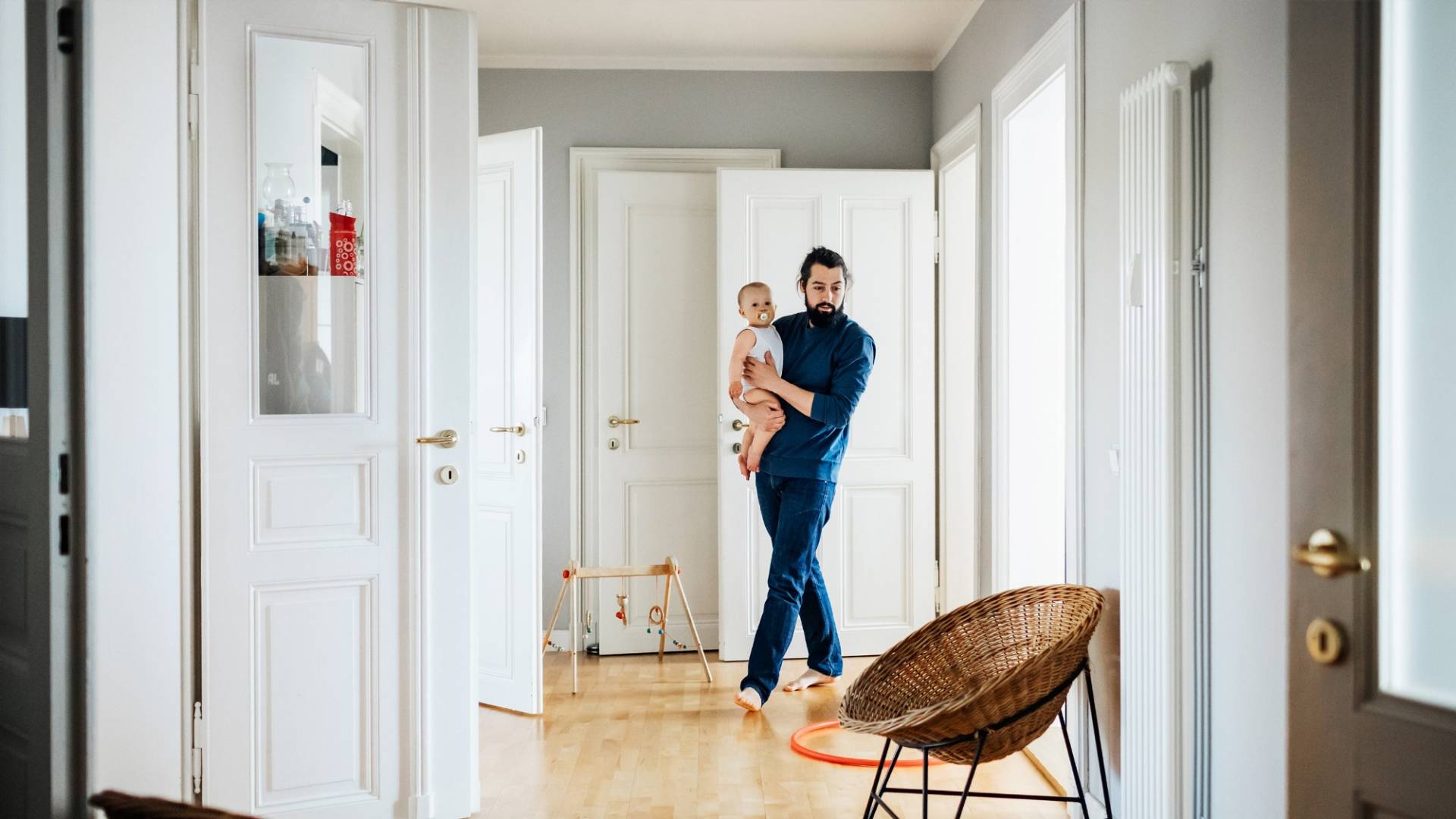
Mould in your apartment. Points to bear in mind.
How does mould form in your apartment?
Mould grows anywhere that damp is present. It could be caused by damaged water pipes, leaky windows or insufficient insulation of external walls, but a high level of humidity in the apartment also encourages mould growth. This can develop quickly as a result of everyday activities that release high levels of moisture into the air, such as showering, cooking or drying clothes. Add to this incorrect or insufficient ventilation, and you have the ideal conditions for mould to form.
Who is liable when mould is discovered in an apartment?
Mould in a rental property not only poses a health hazard for the residents – the cost of eradicating it can spoil your enjoyment of living there. Merely obtaining an expert opinion on the contamination can cost thousands of francs. As far as paying for the eradication of mould is concerned, the polluter-pays principle applies: whoever caused the damage ultimately has to foot the bill for it.
But, in practice, it is often impossible to establish who is responsible for mould in an apartment with any certainty. Determining who is at fault is often not possible without commissioning costly expert opinions. That’s why many such cases lead to disputes between tenants and their landlords that quite often end up in court, so that the legal position can be clarified.
Mould due to building defects
If the mould is attributable to a building defect, the landlord is liable for the damage. As the tenant, you are entitled to apply for a rental reduction for the period during which you are unable to use your apartment in line with the conditions of your rental agreement. The amount of the reduction corresponds to the extent to which you are unable to use your apartment.
Mould due to incorrect ventilation
If it can be clearly proven that you, the tenant, caused the mould by failing to ventilate the apartment properly, you are responsible for repairing the damage.
Which insurance policy pays out when mould is discovered in an apartment?
If your landlord is responsible for the mould, they are liable for the damage. Apart from the trouble and inconvenience involved, you will incur no additional costs.
However, if it can be definitively proven that you caused the damage, you must have the mould removed at your own expense. In such cases, the costs are not covered by household contents and private liability insurance.
How can you prevent mould growth in your apartment?
There are a few rules of thumb to avoid mould forming in your apartment:









